
All categories
Featured selections
Trade Assurance
Buyer Central
Help Center
Get the app
Become a supplier

(1715 products available)









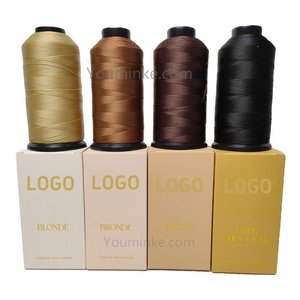
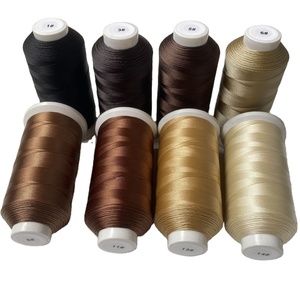





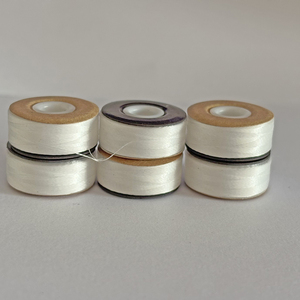
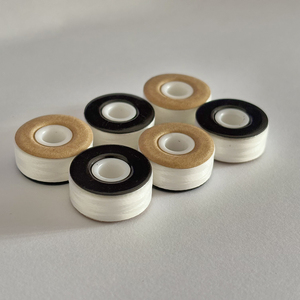
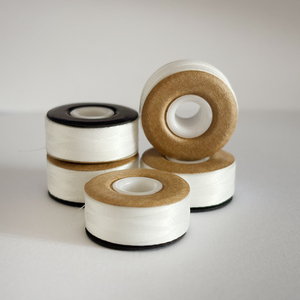





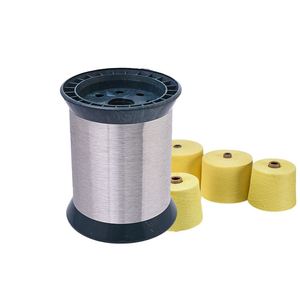
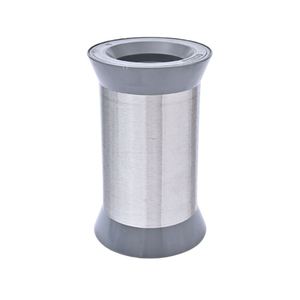




In the realm of industrial machinery, the apparel and textile sector demands specialized equipment to cater to its unique production needs. At the heart of this sector are stitch bobbin, vital components that ensure the seamless operation of apparel machinery. These parts are designed to meet the rigorous demands of textile production, offering precision, durability, and efficiency. stitch bobbin play a pivotal role in various textile processes, from weaving and knitting to finishing and packaging. As the textile industry continues to evolve, the demand for high-quality stitch bobbin remains strong, driving innovation and technological advancement in machinery design.
The diversity in stitch bobbin is vast, catering to different functions within apparel machinery. Common types include needles, bobbins, presser feet, and tension discs, each serving a specific purpose. Needles are essential for stitching fabrics together, and they vary in size and type depending on the material. Bobbins hold the thread and are crucial for the sewing process, while presser feet stabilize the fabric as it is being sewn. Tension discs help maintain the correct tension in the thread, ensuring smooth operation. Each type of stitch bobbin is meticulously engineered to meet the specific demands of textile production, ensuring reliability and efficiency.
The functionality of stitch bobbin is integral to the operation of textile machinery. These parts are designed to facilitate various processes such as sewing, cutting, and finishing. Features like adjustable tension, replaceable components, and precision engineering enhance the performance of apparel machinery. For instance, adjustable tension allows for customization based on the fabric type, ensuring optimal stitching quality. Replaceable components extend the lifespan of the machinery, allowing for easy maintenance and upgrades. Precision engineering ensures consistent results, minimizing errors and maximizing productivity. The design of stitch bobbin is focused on achieving seamless integration into existing machinery setups, contributing to the overall efficiency of textile production.
The choice of materials for stitch bobbin is critical, impacting their performance and durability. Common materials include stainless steel, aluminum, and high-grade plastics, each offering distinct advantages. Stainless steel is favored for its strength and corrosion resistance, making it ideal for parts that undergo significant wear and tear. Aluminum is lightweight yet sturdy, suitable for components where weight is a consideration. High-grade plastics offer flexibility and cost-effectiveness, often used in parts that require intricate designs. The selection of materials for stitch bobbin is guided by the specific requirements of the textile process, ensuring longevity and reliability in demanding production environments.
Proper maintenance of stitch bobbin is essential to ensure the longevity and efficiency of apparel machinery. Regular cleaning and lubrication are fundamental practices to prevent wear and tear. It's important to inspect stitch bobbin periodically for signs of damage or degradation and replace them as necessary to avoid operational disruptions. Calibration and alignment are also crucial, especially for parts involved in precision tasks. Implementing a routine maintenance schedule helps in identifying potential issues early and ensures that machinery operates at optimal performance levels. Understanding the specific maintenance needs of stitch bobbin is key to sustaining the productivity and quality of textile manufacturing processes.
Choosing the right stitch bobbin for apparel machinery involves understanding the specific needs of your textile production process. One crucial aspect to consider is the compatibility of the parts with your existing machinery. Ensure that the stitch bobbin you select match the specifications and requirements of your equipment to avoid operational issues. Additionally, consider the quality and durability of the parts, as these factors directly impact the efficiency and longevity of your machinery. It's also important to assess the reputation of the manufacturer or supplier, as well-established companies are more likely to provide reliable stitch bobbin that meet industry standards.
Another significant factor in selecting stitch bobbin is the technological advancements incorporated into the parts. Look for features that enhance productivity, such as automated adjustments or smart sensors that monitor performance. These innovations can streamline operations and reduce manual intervention, leading to increased efficiency. Furthermore, consider the ease of installation and maintenance of the stitch bobbin. Parts that are easy to install and maintain can save time and reduce downtime, contributing to smoother production processes.
Maintaining stitch bobbin can present several challenges, including wear and tear from constant use and the accumulation of debris that may hinder performance. Regular cleaning and lubrication are essential to prevent these issues. Additionally, periodic inspections are necessary to identify signs of damage or degradation early, allowing for timely replacements and repairs. Calibration and alignment of precision parts are also critical to maintaining optimal functionality.
Technological advancements can significantly enhance stitch bobbin by introducing features such as automated tension adjustment and real-time performance monitoring. These innovations enable machinery to adapt to different fabric types seamlessly, improving stitching quality and reducing errors. Integration of smart sensors can provide valuable data on machine performance, helping in predictive maintenance and minimizing downtime.
Common materials used in stitch bobbin include stainless steel, aluminum, and high-grade plastics. Stainless steel is valued for its strength and resistance to corrosion, making it suitable for components that endure significant wear. Aluminum offers a lightweight yet durable option, while high-grade plastics provide flexibility and intricate design capabilities. The choice of material is often guided by the specific demands of the textile process.
Yes, stitch bobbin can often be customized to fit specific machinery requirements. Customization may involve altering dimensions, materials, or features to ensure compatibility and optimal performance. Working closely with manufacturers can help tailor parts to meet unique production needs, thereby enhancing efficiency and productivity.
When replacing stitch bobbin, consider factors such as compatibility with existing machinery, quality, and cost-effectiveness. It's crucial to select parts that meet the specific technical specifications of your equipment to avoid operational disruptions. Additionally, prioritize durability and reliability to ensure that the new parts contribute positively to your production process. Evaluating the supplier's reputation and customer reviews can also provide insights into the expected performance and longevity of the replacement parts.